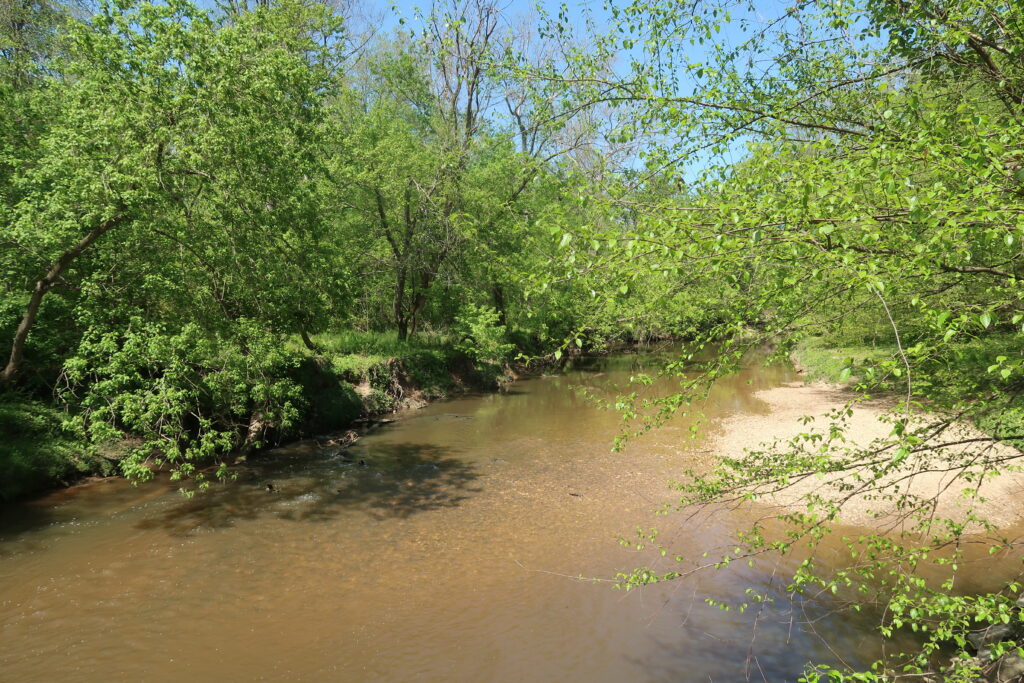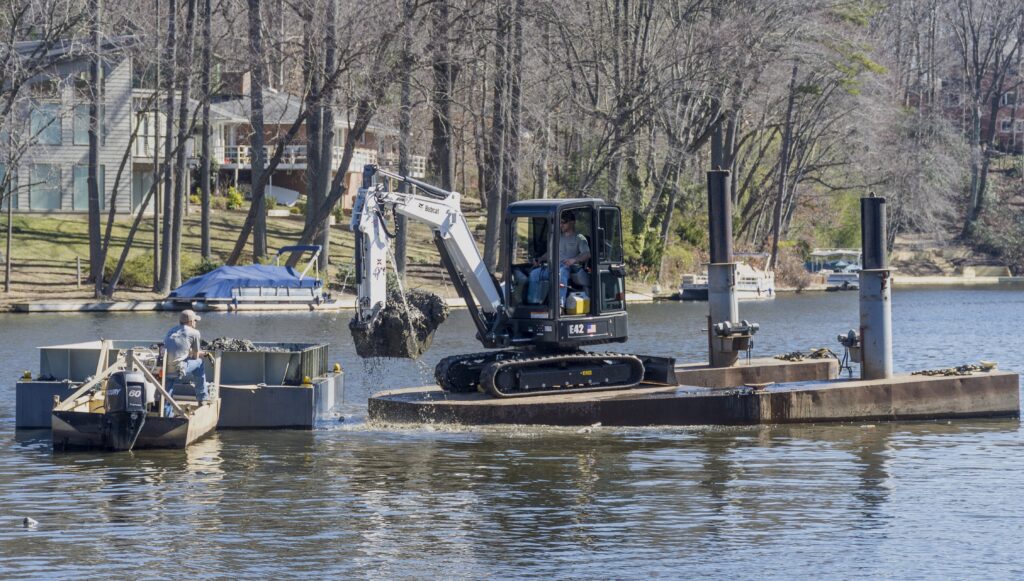Lake Accotink Task Force outlines the issues for further study

The Task Force on the Future of Lake Accotink at its most recent meeting finalized the questions to be addressed by the consultant, WSP/LimnoTech.
The Fairfax County Board of Supervisors charged the task force with recommending whether the lake should be transformed into a managed wetland or a managed wetland with a smaller body of water.
Task force chair Sharon Bulova divided the task force into three subcommittees: on the value of Lake Accotink Park to the county, on the impacts of and issues with the staff recommendation to not dredge, and on options to consider other than full dredging.
County staff had previously concluded that regular dredging would be too costly – $395 million over the next 25 years – and recommended it not be dredged. That proposal was met with strong opposition from community members who value the lake for its wildlife habitat and recreational opportunities. Without dredging, the lake will fill up with sediment and disappear.
Related story: Dredging Lake Accotink is not financially or environmentally feasible
For each option, the Board of Supervisors directed the task force to consider the impacts on the environment, the costs, including the cost of ongoing maintenance, and the impact on surrounding communities.
Task force members presented additional questions for the consultant to consider for each option, including the downstream impacts, the impact of a major flood or extreme storm, whether the dredge sediment could be used to build a wetland, and the future of the amenities at Lake Accotink Park.

At the Aug. 14 task force meeting, Davis Grant, the general manager of the Lake Barcroft Watershed Improvement District (LBWID), described how that entity manages dredging.
Although Lake Barcroft is privately owned, it can offer some insights for the task force.
In the past, the LBWID hired a contractor to dredge the entire lake every four or five years, Grant said. In 2009, it began an in-house dredging program using its own mechanical dredging equipment.
Dredging is done annually in the spring and fall in areas close to where Holmes Run and Tripps Run flow into the lake. The LBWID uses an excavator sitting on a barge.
Each dredge takes at least four weeks. A combined total of 3,500 to 4,000 cubic yards of sediment is dredged annually. An additional 100 tons of floating debris – mostly trash and logs – is removed every year.
Related story: New task force will review options for the future of Lake Accotink
Grant says dredging is needed due to a high percentage of impervious land within the watershed; lack of stormwater controls in the watershed; stream bank erosion; road sand, leaves, and woody debris; and increased storm intensity due to climate change. He said the lake is much shallower than it used to be.
To determine where to dredge, the LBWID brings in a contractor every year to conduct a bathymetry survey of the upper portions of the lake. A survey of the whole lake is conducted every few years.
The LBWID has taxing authority, so Lake Barcroft homeowners contribute to the cost of maintaining the lake.
While Lake Barcroft is a huge asset for residents, the community has to put up with the negative aspects of dredging, such as unsightly equipment, discolored water, and noise, Grant said.
The sediment is collected in a decanting basin where it takes about eight to 10 months to dry out. The decanted material is carried out by dump truck to a permanent disposal site as far as 50 miles away. Disposal sites won’t accept the spoils unless they are totally dry.
“The next five to 20 years will get more challenging and more expensive,” Grant said. “The cost of disposal is getting astronomical.”
A representative from LimnoTech will be at the next task force meeting on Sept. 11, along with an official from the Park Authority who will talk about the county’s managed wetlands, including Huntley Meadows.
Full meetings of the task force have been scheduled for Sept. 11, Oct. 2, Nov. 6, Nov. 27, and Dec. 4. The subcommittees will meet in between those meetings.
The task force will present its findings to the Board of Supervisors on Dec. 5 and will present a more in-depth discussion to the board’s Environmental Committee on Dec. 12.
Task force meetings are open to the public. The meetings are held in the Fairfax County Government Center, Conference Room 11, at 7 p.m. and are live-streamed on Channel 16.

This article is incorrect on vital facts. The task force is also examining the viability of a full scale dredge of Lake Accotink. Each subcommittee is looking at dredging in some fashion. NOTHING is off the table, including, maybe especially, dredging.
“The Fairfax County Board of Supervisors charged the task force with recommending whether the lake should be transformed into a managed wetland or a managed wetland with a smaller body of water.” This is also not accurate. The task force is tasked to review past studies and options in order to “inform the Board’s decision regarding the future of Lake Accotink.” The final report should not include a recommendation since that is beyond the task force’s charge. Here is the full charge: https://www.fairfaxcounty.gov/topics/sites/topics/files/assets/documents/lakeaccotink/lake-accotink-task-force-board-matter.pdf
Thank you Allen and Ken for your work on this project and the corrections added. Thanks to all the Task Force members for taking the time to look into this issue.
And how many years has this debate been going on? It’ll be dried up before this group gets it’s act together